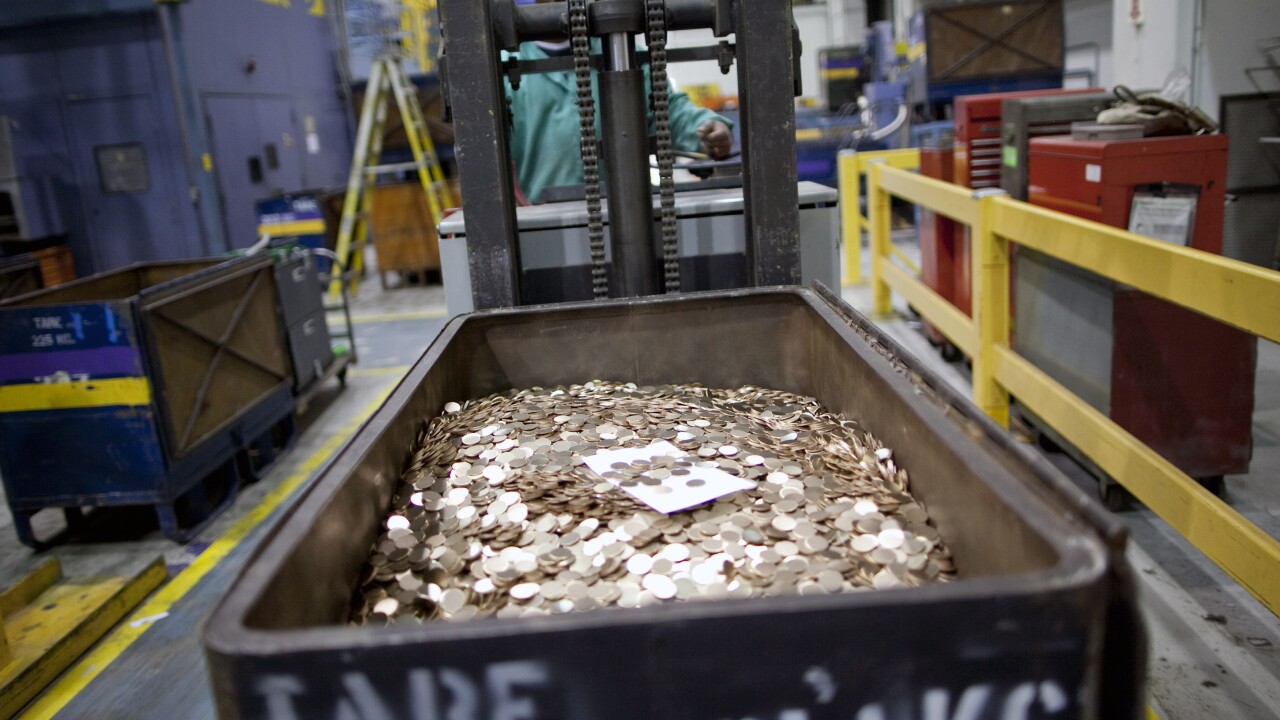The potential for a new card scheme throughout Europe has been a discussion point surrounding the Single Euro Payment Area since its inception more than a decade ago. A new proposal could bring this concept into reality.
The Smart Payment Association is calling for use of a physical or virtual card that would work on current EMV terminals, but not use the card brand rails for clearing or processing. The new SEPA card would operate as its own customer identification and authorization card and fit within the concepts of new open banking frameworks defined by PSD2 in Europe.
The Smart Payment Association operates out of Munich, Germany as a non-profit global trade body for the smart payments industry. Its members include card manufacturers, issuers, app developers and other industry stakeholders. Two months ago, the association presented its proposal to EuroCommerce to get the idea more firmly established at discussion tables.
"The user-terminal interface follows the EMV standard, which allows the use of the existing POS infrastructure," said Ron van Wezel, a senior analyst with Aite Group from the Netherlands. "I think this is about the only way to build scale quickly. Changing the interface by using QR codes or something similar would require a change in customer behavior, which is notoriously difficult to accomplish."
Because the actual payment would move through the SEPA Instant Credit Transfer, rather than through card networks, it would allow for faster funds and reduced costs, van Wezel added. "I think this approach makes sense," he said. "Actually, I don't see another way to successfully bring open payments to the POS."

With the conversion to SEPA, key players in the payments ecosystem have generally agreed that the initiative has
Up to now, products like the SEPA Instant Credit Transfer, the widespread use of the ISO 20022 standard for cross-border payments, and new direct debit processes did not address that elusive third European card scheme.
"Arguably, it's relatively simple to do," Gareth Lodge, a London-based industry analyst for Celent, said of the SEPA card proposal. "It would work quite similar to how ELV (electronic direct debit system) works in Germany."
Still, more advanced proposals and ideas have been picking up steam since late last year when 20 European banks announced the
Though details have been hard to come by, Carlo Bovero, the head of global cards at BNP Paribas, talked about the joint venture during a financial services conference last November. He drew a picture of PEPSI as becoming a rival to Visa, Mastercard, PayPal, other American payment brands, and U.S.-based data giants such as Google and Amazon.
Thus it is no surprise that, in its proposal about the SEPA instant payment card, the Smart Payment Association states it would be willing to participate in any discussions that considers an approach using existing transaction authorization circuits.
Such a stance gives the association more stable footing when saying in its report on the smart card concept that its intent is "to create interest in the approach (on a SEPA card scheme) and contribute to ongoing discussions."
"The approach everyone is watching is the more ambitious European Payments Initiative," Lodge said. "Extremely little about the project is in the public domain, but we have heard that some information was coming in April, but has been delayed for obvious reasons (with coronavirus)."
The European Payments Initiative project is likely much more advanced than the Smart Payment Association's proposal for plastic or virtual cards and promises a far bigger impact, but that will make it much harder to implement, Lodge said.
"No new payment solution is an instant success," he added. "But the banks involved suggest that EPI could be a very real contender."
Regardless of how a third card scheme develops, all parties agree the key element missing is a separate SEPA payment card. That's where the Smart Payment Association is counting on some simplicity within its proposal to use common — and increasingly popular — procedures.
When paying at the point of sale, the customer using a SEPA instant payment card would follow the same user experience as with conventional payment cards by inserting the card in a terminal reader, tapping it in contactless mode, through a smartphone or entering a PIN.
For mobile wallets, the customer verification method could be handled on the phone and support fingerprint or facial biometrics for authentication.
The terminal would connect online to a dedicated platform operated by a service provider that may also serve the role of a payment initiation service provider as described in PSD2 requirements. The service provider identifies the bank that issued the card and sends, through the open APIs, a payment initiation request processed by the bank to perform an instant payment.
As a differentiator, the primary account number (PAN) of the instant payment card is a proxy of the international bank account number (IBAN) of the customer, the Smart Payment Association report states. This PAN is transmitted by the terminal to the service provider, which provides that information to the bank, where it must be converted back to the actual IBAN of the customer.
The association cites use of existing POS infrastructure, user convenience, customer reach and inclusion as key advantages of its card proposal. In addition, it says a SEPA instant payment card could be "co-badged" to also include coding to allow it to function on traditional card networks, presumably for travelers initiating transactions outside of the eurozone.
That does create some complications with other card schemes and possibly banks, as well as acquirer relationships and terminal use, and merchant routing options. It also is too early in the process as to whether it would ultimately be the merchant and consumer choice to use the card, or something embraced and mandated through the European Union.
Thus, it makes it even more difficult to envision the banks behind the European Payments Initiative deciding to suddenly embrace the idea of a SEPA card that proposes not to use the current clearing and settlement rails — even though the European banks are interested in creating a scheme that would compete against the major card brands in order to avoid interchange for merchant clients. In that regard, the larger banks would likely be lukewarm about a merchant- or consumer-selected routing option.
"It's entirely logical that the companies who did the heavy lifting for EMV consider ways to grow their business now that the EMV adoption curve has 'flattened'," said industry analyst Steve Mott, principal of BetterBuyDesign. "These are the kinds of ideas that you would expect in a normal, competitive marketplace — but have been virtually non-existent in the ossified card market we have today."
The merchant- and consumer-oriented payment option could leverage everyone's investments in the EMV infrastructure to get to a viable digital alternative more readily, Mott suggested. "But the real potential is that, given EMV investments have not resulted in reduction of total card fraud, the design of this option for using real encryption and identification actually bears the promise of finally achieving real transaction security."
Such an achievement should offer the potential for "flattening the curve of transaction fees and costs as well," Mott added. "So this concept is well worth chewing on."





